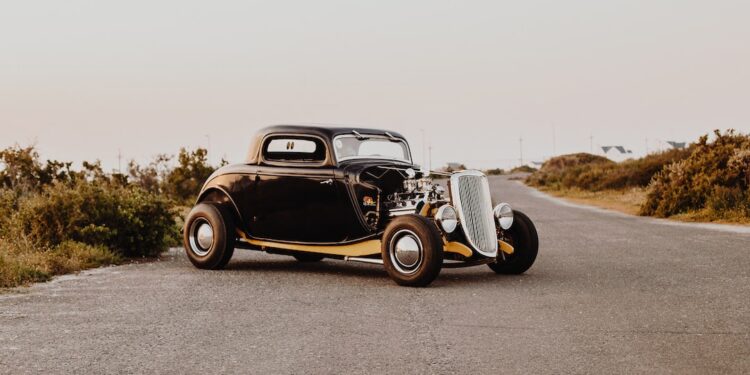The history and evolution of classic cars
Classic cars have an undeniable charm, capturing the elegance, sophistication, and artistry of a bygone era. These timeless vehicles echo the history and culture of their time, attracting enthusiasts and collectors from all corners of the world. The evolution of classic cars reflects the relentless pursuit of innovation and engineering excellence, resulting in a fascinating journey through time.
The inception of classic cars can be traced back to the late 19th century. As transportation shifted from horse-drawn carriages to self-propelled vehicles, figures like Carl Benz and Henry Ford pioneered the development of automobiles. The first classic cars, known as “horseless carriages,” were relatively primitive compared to their modern counterparts, consisting of basic engines, wooden frames, and solid rubber tires.
In the early 20th century, classic cars started experiencing significant advancements. The introduction of mass production techniques by Henry Ford dramatically reduced the manufacturing costs and made automobiles more affordable for the general public. This led to a surge in car ownership, transforming them from a luxury item to a common mode of transportation. Manufacturers like Ford, Chevrolet, and Chrysler started producing classic cars with sleek designs, improved engines, and comfortable interiors, setting the stage for a notable shift in the automobile industry.
The 1920s and 1930s witnessed the golden era of classic cars. This period was defined by the rise of luxury car manufacturers such as Rolls-Royce, Bentley, and Cadillac. These vehicles exhibited intricate craftsmanship, adorned with opulent interiors and powerful engines. Classic cars from this era were a symbol of wealth and exclusive social status. They represented the height of elegance and style, transporting their owners to a world of prestige and allure.
The outbreak of World War II brought a halt to the production of classic cars. During the war, many automobile factories shifted their focus to manufacturing military equipment, making classic cars a rare sight on the roads. However, the end of the war marked a new chapter in the evolution of classic cars.
The post-war years witnessed a wave of economic growth and technological advancements. The automotive industry, eager to rebound after the war, offered innovative designs and improved performance. Classic cars like the Chevrolet Bel Air, Ford Thunderbird, and Volkswagen Beetle became iconic symbols of the 1950s and 1960s. This era saw the introduction of smaller, more fuel-efficient vehicles designed to cater to the needs of an increasingly mobile society.
In the 1970s, classic cars faced challenges due to increasing fuel prices, environmental concerns, and stricter emission standards. These factors led to a decline in the production of traditional classic cars, giving birth to an emerging market for vintage and antique vehicles. Classic car enthusiasts started collecting and restoring older models, preserving their historical significance and aesthetic beauty.
Today, classic cars are not only revered for their historical value but also for their investment potential. These vintage machines have become sought-after collector’s items, often fetching significant prices at auctions. Car shows and exhibitions around the world celebrate the allure of classic cars, with enthusiasts showcasing their meticulously restored vehicles.
The history and evolution of classic cars have indeed left an indelible mark on the automotive industry and popular culture. From the early days of horseless carriages to the iconic designs of the mid-20th century, classic cars continue to fascinate and captivate both car enthusiasts and casual observers. These timeless vehicles remind us of the unparalleled craftsmanship, design, and engineering that shaped the world of automobiles.











